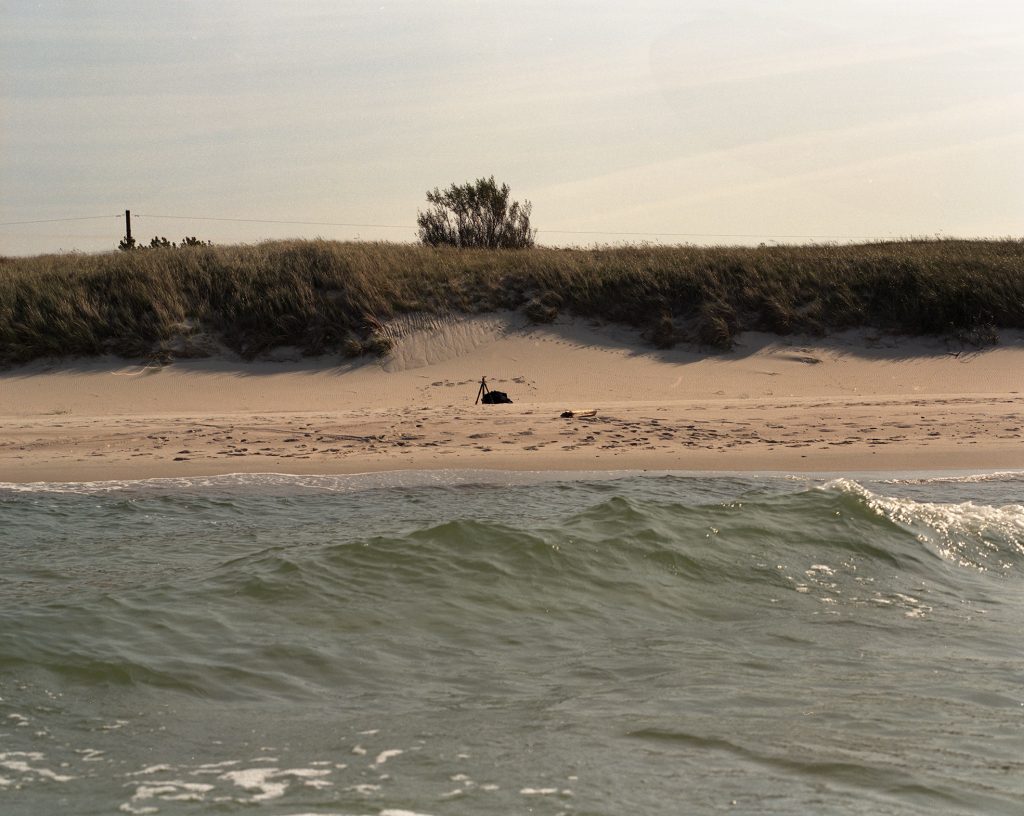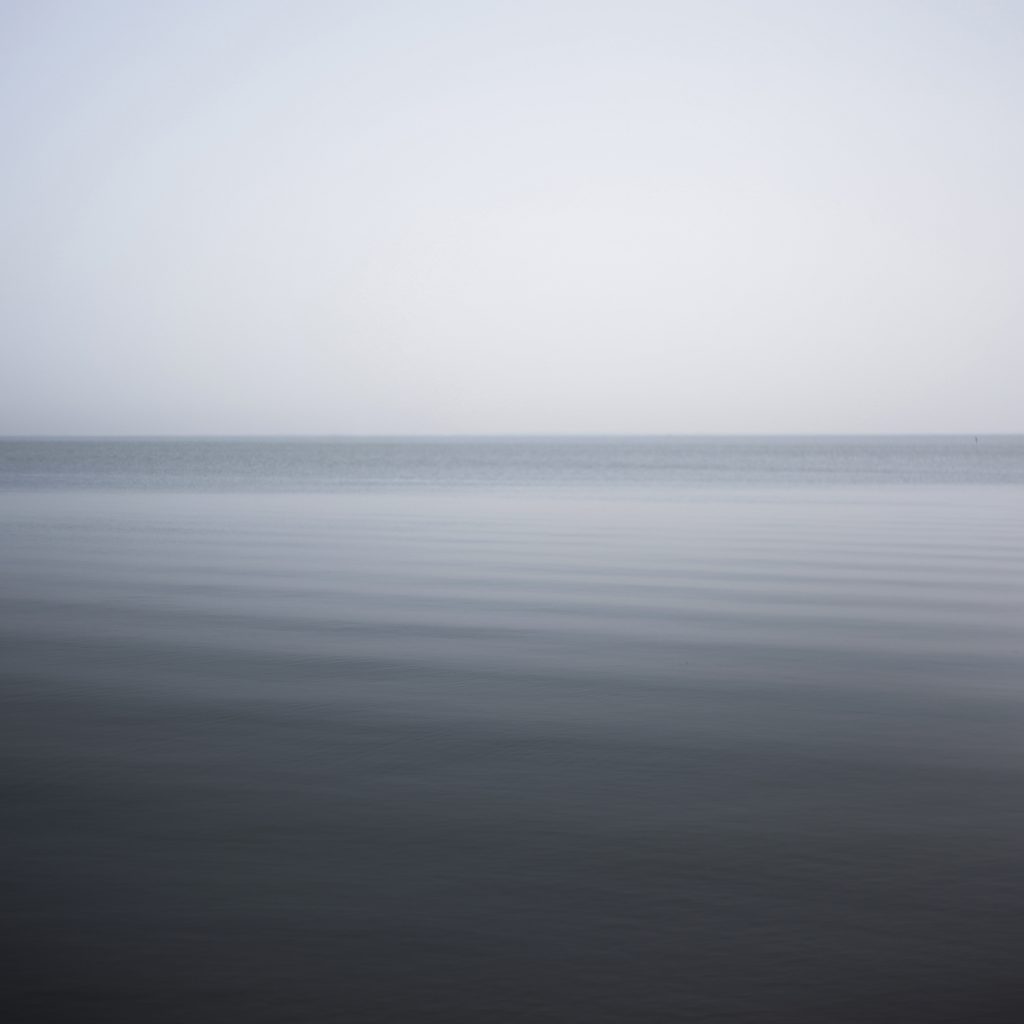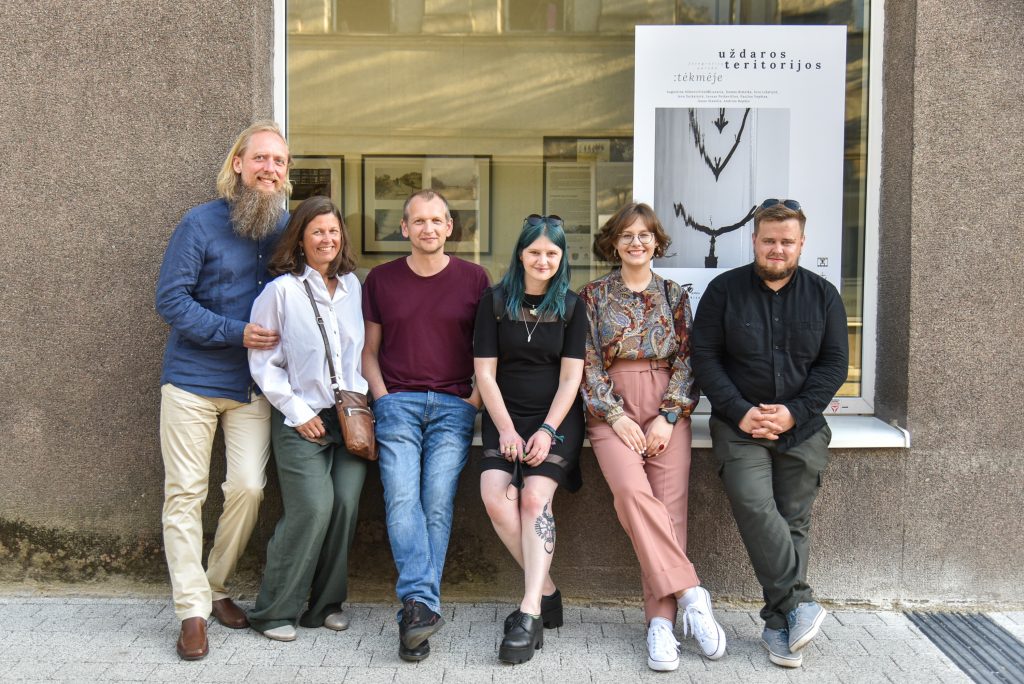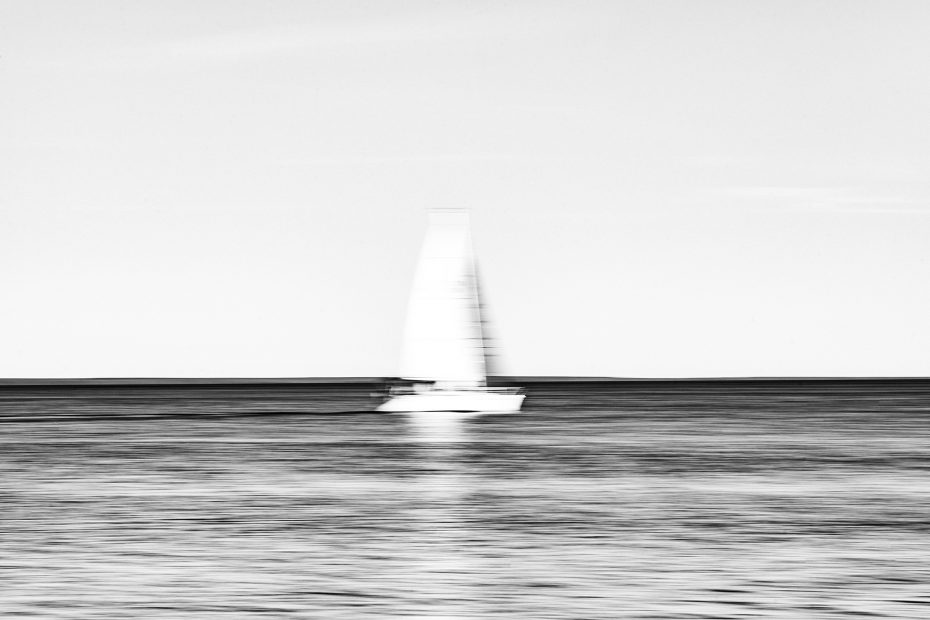Photography Exhibition “Closed Territories: In the Flow” to be opened in Energy and Technology Museum Boiler Hall on December 4th on 13:13 o’clock.
In 2020 photographers’ plein air “Closed Territories” took place on the Curonian Spit for the third time. For a week between September 13-20, young photographers Augustina Miknevičiūtė, Domas Rimeika, Ieva Ližaitytė, Ieva Sutkaitytė, Juozas Petkevičius, Paulius Vepštas have gathered together with the well-known photographers Andrius Repšys and the creator of the plein air Jonas Staselis, who helped the participants in their search of creative inspiration.
As the name of the plein air and the exceptional geographical position of the Curonian Spit suggest, the creative process and its results were determined by several important factors. On the one hand, the unusual seaside location seen by the participants during “off season” has boosted the sensitivity of photographers’ eyes. On the other hand, the inclosed nature of the Spit and limited mobility around it, allowed photographers to avoid the rapid, touristic production and consumption of images.


So what kind of works have been born this year in such ascetic and at the same time almost ideal creative-wise conditions? What connects them and what reflects each authors individuality? The general creative direction, as usual, was offered to the participants by the initiators of the plein air, who invited them to interpret the topic of motion. In the works of photographers, this topic have spread through the realm of the visible world, as well as leading deep into invisible (sub) layers of consciousness, or becoming an inspiration to look closer at the ecological problems of the Curonian Spit or to critically reflect on the global future from a defined perspective of values and geographical position.
However, in this broad context of interpretations of the topic and no less diverse stylistics of photographs, the common features linking the authors’ works have become clear, turning into a kind of symbolic sign of quality of the plein air itself. Photographers did not limit themselves to capturing the obvious beauty of the Curonian Spit, we also would not find a lot of works, picturing easily predictable, romantic expressions of human inner states through landscapes. The location of the plein air allowed its participants to feel more clearly and intensively what is universally important, and the slow pace of time in an inclosed space allowed them to creatively discipline their feelings and thoughts, resulting in consistent artistic expression.


These creative steps signify liberation from both self-purporseful pleasure of sight itself and from naive immersion in feelings. Instead, photographers offer a deliberately created image of vagueness, which is supposed to slow the viewer’s gaze in the same way as the Curonian Spit, seeking to provide that conscious experience, has slowed down the authors themselves (Augustina Miknevičiūtė-Laumė Lunaria “Sea Together”, Juozas Petkevičius “Programming”, “Journey”, Domas Rimeika “Without Words” ). The authors of the plein air create visual symbols that have no territorial boundaries on the map and indicate unmarked spaces of the human subconscious (Ieva Sutkaitytė “Shadow of Freud”).
Even those photographs in which it seems difficult to recognize ordinary images of reality do direct the viewer’s thoughts towards broader, directly unimaginable value horizons and future perspectives, but they do so playfully and without preaching (Jonas Staselis “Future Horizons”). In other photographs, a specific place – a colony of cormorants – turns into an unimaginable space without clear visual landmarks, where the constant cycle of life and death and extinction continues in eternity (Andrius Repšys “White Trees”).


The photographs do not necessarily tell about something, nor do they reproduce visible images of reality, but instead embody, give a visual form to a new content of experiences and thoughts, that have been born on the Curonian Spit during the plein air. The works of most of the plein air participants are not “literary”, but rather serve as an invitation for the viewer to stay in the authentic plane of visual expression of photography. In this context, only a few authors stand out conveying a clear, almost cinematic plot through their works (Paulius Vepštas “Tourist”) or creating an articulated metaphor of human experiences through nature photography (Ieva Ližaitytė “About States”).
The unlimited creative potential of the closed space of the Curonian Spit is seen not only in the photographs, crated by this year’s plein air participants. So far in its short history, there have been works that show that a participation in theis plein air can turn into the beginning of a longterm individual photography project. An example of this could be the series of photographs “Between Two Shores” by the celebrated photographer Tadas Kazakevičius, which he has begun creating in spring 2018, while taking part in the “Closed Territories” plein air. There are stories, that have already become legends, about the eminent Lithuanian photographer Jonas Kalvelis, who patiently watched the changing light in the dunes during the photographers’ seminars (now – symposiums) in Nida for more than forty years and brought footage from the sandy wastelands that have become a classic of Lithuanian landscape photography. The incredible Nida landscapes were also captured by other well-known Lithuanian photographers, such as Audrius Zavadskis and Kazimieras Mizgiris. Even earlier, at the turn of the 19th century, the Curonian Spit with its ethnographic uniqueness have attracted photographers from Königsberg, Tilsit and Memel (Klaipėda).


The tradition of photographers’ creating on the Curonian Spit has been uninterrupted for many decades, and not only does it leave us with images of a unique Lithuanian landscape, but also allows us to follow the development of Lithuanian creative photography itself. Having previously searched for impressive natural and man-made landscapes on the Curonian Spit, photographers now gather here not only to capture beautiful images, but also to look for inspiration for works, the relevance of which does not depend on the specific territory, where they are being captured.
Photography critic and theorist, photographer dr. Tomas Pabedinskas
The exhibition will be on display until January 17, 2022.

